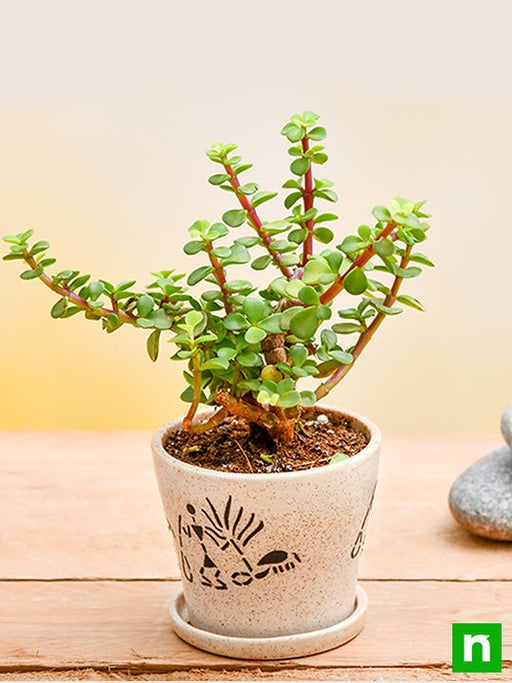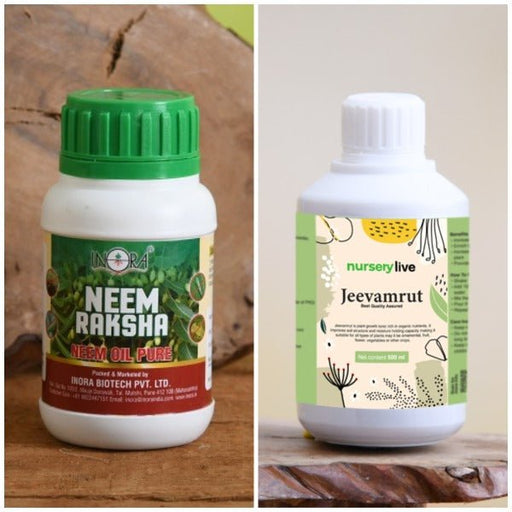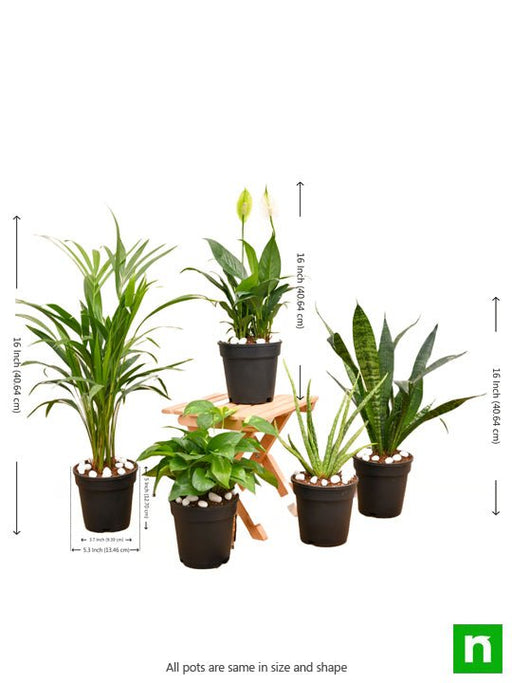
Badam Tree, Indian Almond Tree, Terminalia catappa - Plant
(MRP Inclusive of all taxes)
- Shipping ₹79 for entire order
- Dispatch in 7 days
- Country of origin: India
Today's Offer
- Get ₹249 Air Purifier Money Plant Free
*On orders above ₹599 - Get ₹275 Vegetable garden pack
*On orders above ₹599 - Get Pack of 2 Plant Growth Booster Free
*On all orders - Earn 200% ncash
On all orders placed today
Images are for reference purposes only. Actual product may vary in shape or appearance based on climate, age, height, etc. The product is replaceable but not returnable.
















































